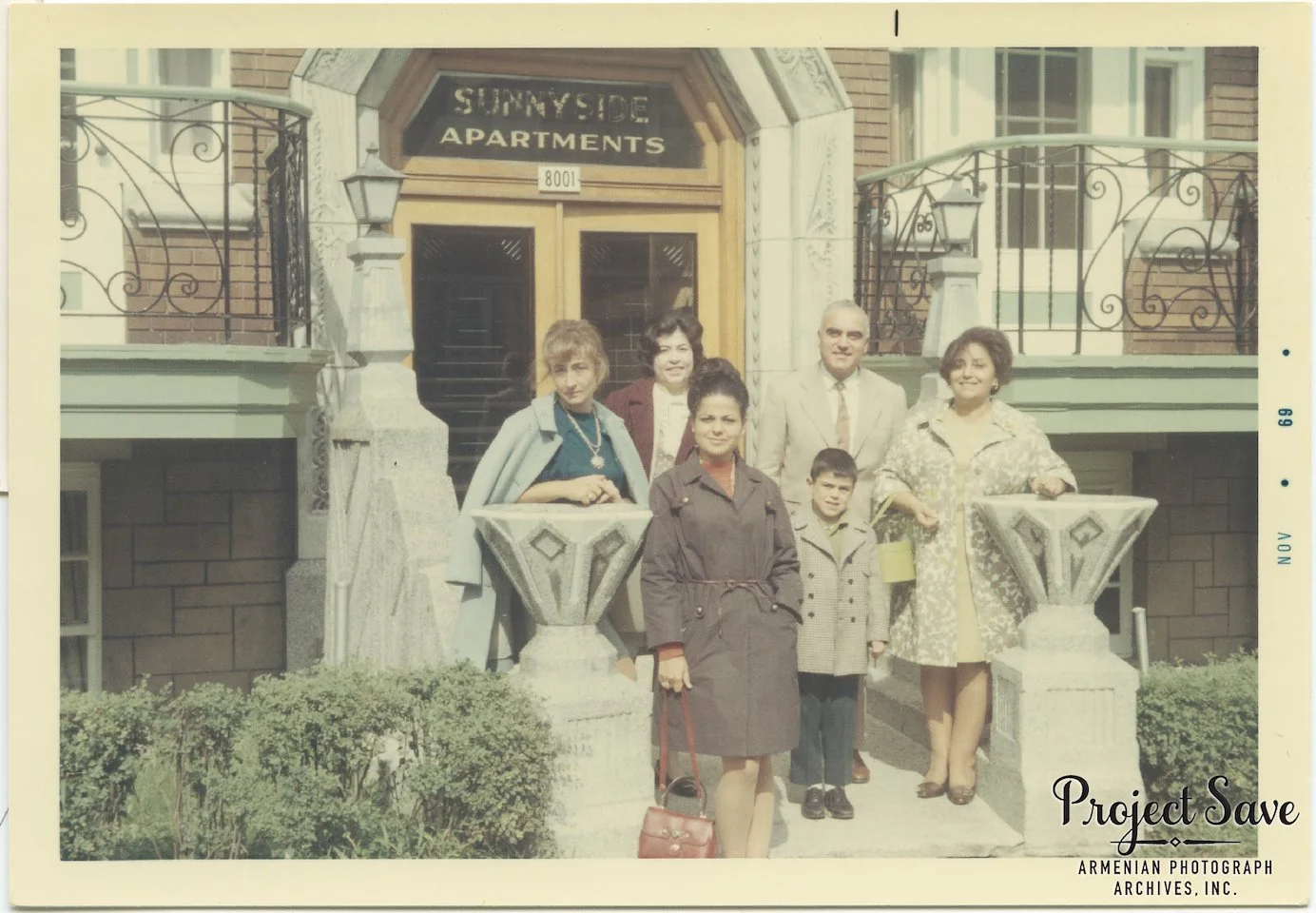Los Angeles
Los Angeles emerged as the largest Armenian population center in the United States by the late 20th century, transforming from a small immigrant community into a vibrant metropolis of Armenian life that rivals any diaspora community worldwide. The city's Armenian population began growing significantly in the 1960s and 1970s, initially with immigrants from the Middle East seeking new opportunities, and later with refugees from Lebanon's civil war and immigrants from Soviet Armenia following its independence. This diverse mix created a uniquely dynamic Armenian community that brought together Armenians from different backgrounds and traditions under the California sun.
The community established itself primarily in Glendale, Hollywood, and surrounding areas, creating a "Little Armenia" that became a model for successful cultural preservation in the modern era. Los Angeles Armenians built impressive churches, cultural centers, schools, and businesses that served not only the local community but became destinations for Armenians from across the United States and beyond. The city's photographs capture the prosperity and cultural confidence of this community, showing grand cultural festivals, successful business enterprises, and families who have achieved the American dream while maintaining strong connections to their Armenian heritage.
Los Angeles became the entertainment and media capital of the Armenian diaspora, with Armenian television programs, radio stations, newspapers, and cultural productions that reached Armenian communities worldwide. The city's Armenian community also became known for its political activism, particularly in genocide recognition efforts and support for Armenia's independence. Photographs from recent decades show large-scale political demonstrations, cultural celebrations, and community gatherings that demonstrate the community's influence and organizational capacity.
The photographic heritage of Los Angeles' Armenian community documents the transformation of Armenian immigrant life in America, showing how a community can maintain its cultural identity while achieving remarkable success in their adopted homeland. These images capture the evolution from struggling immigrants to established community leaders, from small cultural gatherings to massive festivals that attract thousands, illustrating how Los Angeles has become the unofficial capital of the Armenian diaspora in the Western United States.

